Although there has been some progress in forming a national unity government in Libya, “unity” is a rather inapplicable word for the country. In reality, friction between various political actors remains high. Ultimately, perhaps a form of disunity—confederation, rather than centralization—is the best model for Libya.
Libyan politics: A primer
During the summer of 2014, the Libyan leadership, after an initial hint of cooperation, split into two governments:
- One, headquartered in Tobruk and based on a secular matrix, was recognized internationally. It received support from the House of Representatives and was abetted by General Khalifa Haftar and his so-called National Libyan Army. Externally, Egypt, the United Arab Emirates, and Russia have supported this government because of its anti-Islamist ideology. In May 2014, Haftar launched “Operation Dignity” against the Islamist militias, supported by the Zintan brigades (consisting of the Civic, al-Sawaiq, and al-Qaaqa brigades), and the militias coming from the ethnic minorities of Tebu and Fezzan.
- The other, headquartered in Tripoli, was Islamic in nature. It was supported by the new General National Congress (GNC) and was part of the Libya Dawn group of pro-Islamist militias (which included groups from Misrata, Amazigh, and Tuareg). Qatar, Sudan, and Turkey have supported this government for different reasons, including to earn a more prominent place on the global stage or to support the Muslim Brotherhood.
But it gets more complicated, since it wasn’t just the Tobruk- and Tripoli-based governments that competed to fill the power vacuum post-Gadhafi. The constellation of militias and brigades has changed continuously. There are Salafist groups such as:
- Ansar al-Sharia Libya (or ASL, located between Benghazi and Derna);
- Muhammad Jamal Network (between Benghazi and Derna);
- Al-Murabitun (in the southeast, around Ghat, Ubari, Tasawah, and Murzuq);
- Al-Qaida in the Islamic Maghreb (or AQIM, in the southwest and northeast of Libya); and
- Ansar al-Sharia Tunisia (or AST, located between Derna and Ajdabiya).
Then in 2015, an Islamic State (or ISIS) cell—made up of about 3,000 Tunisians, Yemenis, Algerians, and Libyans, especially former supporters of the Gadhafi regime and members of Ansar al-Sharia—began to take hold in the city of Sirte, Gadhafi’s hometown. Sirte is in an oil-rich desert area with tremendous strategic value, lying between the two regions of Tripolitania and Cyrenaica. And Misratan militias treated Sirte ruthlessly after Gadhafi’s fall, prompting many locals to welcome ISIS. So it was no accident that ISIS chose that spot, or that it stepped into the Libyan power vacuum more broadly: Libya is strategically important for eventually expanding across North Africa; it’s a launching point for criminal trafficking in the Mediterranean; and there is a potential to exploit huge energy resources, as ISIS has done to a degree in Iraq.
Then in December 2015 in Morocco, the Government of National Unity (GNA) signed an agreement by which Fayez Serraj became prime minister. But General Haftar and the government in Tobruk didn’t support the move, and the security environment across the country is still abysmal. Despite the assurances from United Nations Support Mission in Libya (UNSMIL) Special Envoy Martin Kobler that Libya would achieve stability, Libya is still seriously fragmented.
Today, the real fight is not even between Cyrenaica and Tripolitania, per se, because the two regions—along with Fezzan—are so divided internally. Serraj was barely allowed to arrive in Tripoli this March, for instance—only thanks to the intervention of the international community. The GNC (with Prime Minister Khalifa Gwell and President Nouri Abusahmain) immediately dubbed Serraj’s cabinet “illegal,” but then a month later decided to disband in favor of Serraj’s GNA. The government in Tobruk, led by President of the House of Representatives Aguila Saleh Issa, has still not given his full endorsement.
Bright spots?
In spite of these political frictions, there have been small signs of progress. Foreign ministers from other countries and even the prime minister of Malta have arrived in Tripoli as a sign that the new political situation is formalizing. And while embassies remain closed, there is a sense that things are moving in a positive direction. Given this, in late April Serraj asked the international community to intervene in order to secure oil wells, theoretically protected by Jadran Ibrahim and his Petroleum Facilities Guard (PFG), a powerful allied militia in Tripoli. But while the international community has seemed ready—including the Italian government, which has taken a leadership role—accusations of local weakness and Western meddling complicate the Libyan political arena.
ISIS, meanwhile, is suffering setbacks, having been attacked in Sirte from the south, west, and east by a collection of GNA forces, Misrata militia brigades, and the PFG. The GNA forces are currently in the center of Sirte, clashing with ISIS and gaining terrain every day. ISIS seems to be weaker than many thought (indicating that estimates of its numbers were wrong) and now may be fleeing south—to Fezzan—where its strategy can be more fluid and less based on territorial control.
Re-considering the fragmentation problem
The persistent fragmentation in Libya is what is most worrying. Internal divisions are the product of decades of Gadhafi’s reckless governing—he kept his citizens from each other and from the rest of the world and deprived them of any solid governmental or administrative structure that could keep the country stable in the event of a “post-regime” moment. And looking even further back, it’s important to remember that Tripolitania and Cyrenaica were never aligned, even during the two decades of rebellion against Italy. The Italians used the old “divide et impera” (divide and conquer) strategy, digging real “furrows of blood”—in the words of British scholar Edward E. Evans-Pritchard in 1949—between Libyan tribes.
And today? A serious agreement between the main political factions—the Government of National Unity and the House of Representatives—seems out of reach. Meanwhile, few of the fundamental institutions required for the development and governance of a modern country are in place. Libya has invested little in education, and both corruption and unemployment are off the charts. Despite immense energy resources, the economy is contracting. Oil production has declined from 500,000 barrels per day in 2013 to 300,000 in January 2016, and not because deposits have depleted. And tourism, it goes without saying, isn’t taking place.
Instead, there have been thousands of deaths and a massive outflow of refugees. While UNSMIL’s efforts have been commendable, the international community should seriously consider how to do more in Libya. It’s better to devise and implement an intervention plan now than wait for a true emergency in Libya. The international community must think about and articulate a real strategy, not merely implement tactical operations. Given the dramatically deteriorated security situation today, it seems impossible to imagine a non-security related intervention, even in defense of the soldiers called to the simple mission of protecting the new coalition government.
One approach to consider is helping Libyans build a confederal state, divided into three large regions: Tripolitania, Cyrenaica, and Fezzan (or perhaps more if the Libyan people deem it appropriate). Perhaps it is time that such provinces become more autonomous—following different paths as they choose, based on their unique ethnic, social, religious, and political origins. This is an extreme solution, of course. But it is clear that the international community, which had been so much a part of the Libyan revolution, cannot now permit the failure of Libya as a state.
The paradox of deconstructing to construct, in this case, can work. The long-advocated national-level solution of political unity does not, in fact, seem possible. Instead, a confederation of the three regions built on the original disposition of tribes and natural borders could probably assure a deeper stability. Regional governments could better protect local interests in security, economic reconstruction, and governance. The international community should thus start from the bottom, emphasizing local solutions, supporting local actors, and helping to empower Libyans to choose their leaders at a local level. This is not to rule out a central government someday, but would mean that such a government would be somewhat less influential. It’s an incredibly difficult and long plan, but probably the only one that can work.
The Brookings Institution is committed to quality, independence, and impact.
We are supported by a diverse array of funders. In line with our values and policies, each Brookings publication represents the sole views of its author(s).

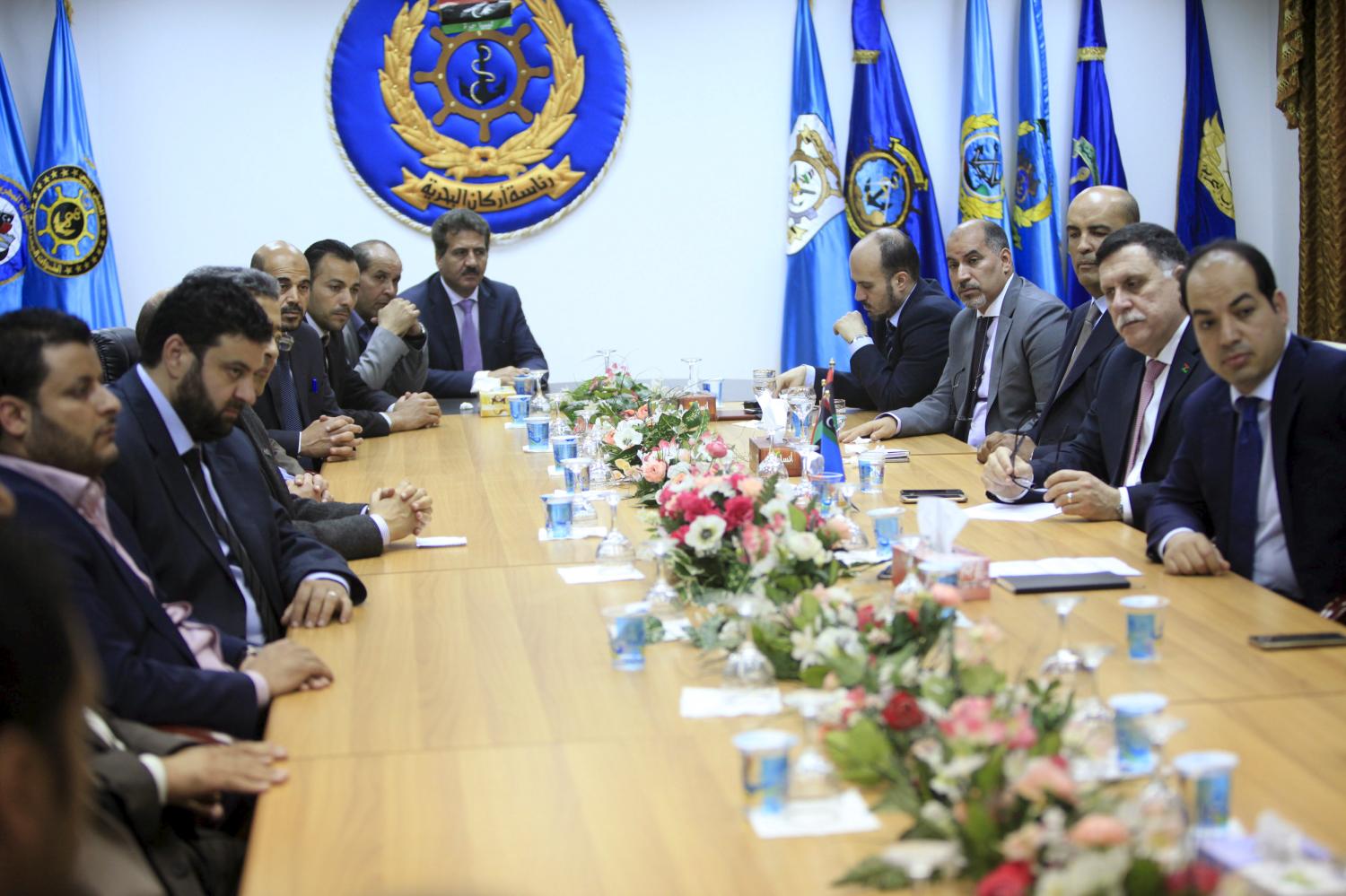
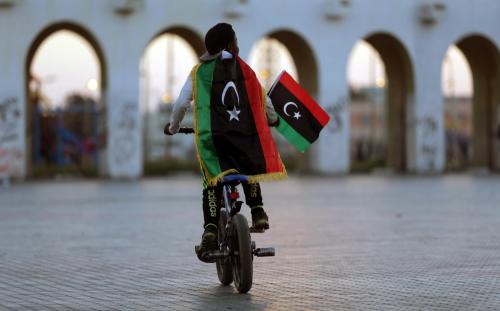
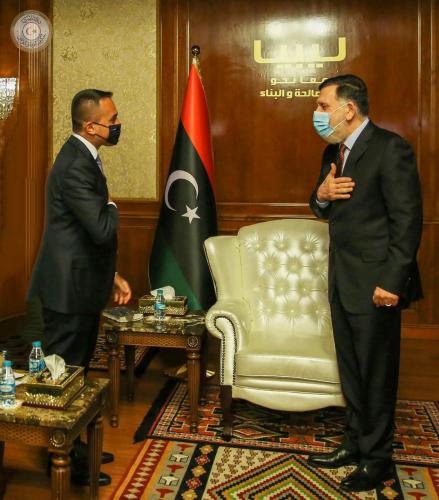
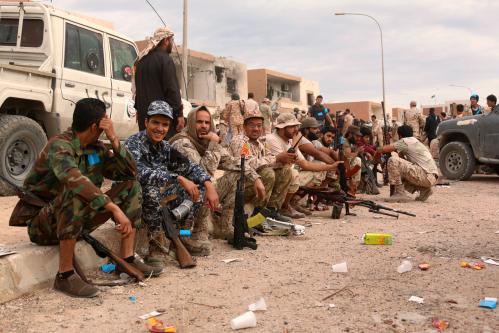



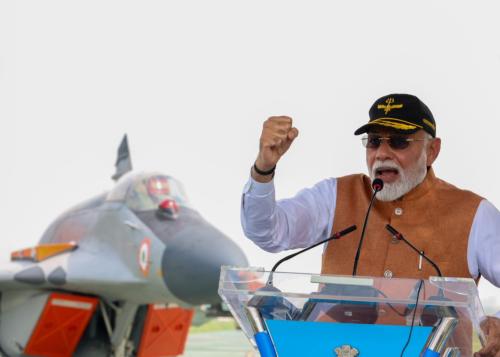
Commentary
A confederal model for Libya
July 6, 2016